Quadratic Equations
An equation of 2nd degree is called quadratic equation. In more detail, the quadratic equation is an equation, which contains the square of the unknown (variable) quantity, but no higher power.
General or standard form of a quadratic equation:
A 2nd degree equation in one variable x of the form as below,
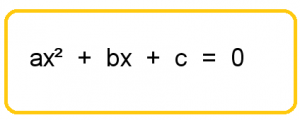
where
- a ≠ 0 and
- a, b, c are real numbers.
Here,
- a is the co-efficient of x2,
- b is the co-efficient of x and
- c is constant.
If b = 0 in a quadratic equation ax2 + bx + c = 0, then ax2 + c = 0 is called a pure quadratic equation.
Note: If a = 0 in ax2 + bx + c = 0, then it reduces to a linear equation (equation of 1st degree) bx + c = 0
Examples:
x2 – 7x + 6 = 0 (quadratic equation, standard form)
3x2 + 4x = 5 (quadratic equation, not in standard form)
x2 – 16 = 0 (pure quadratic equation)
4x2 = 7 (pure quadratic equation)

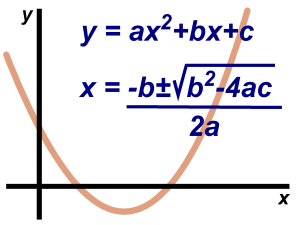

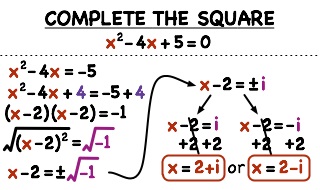
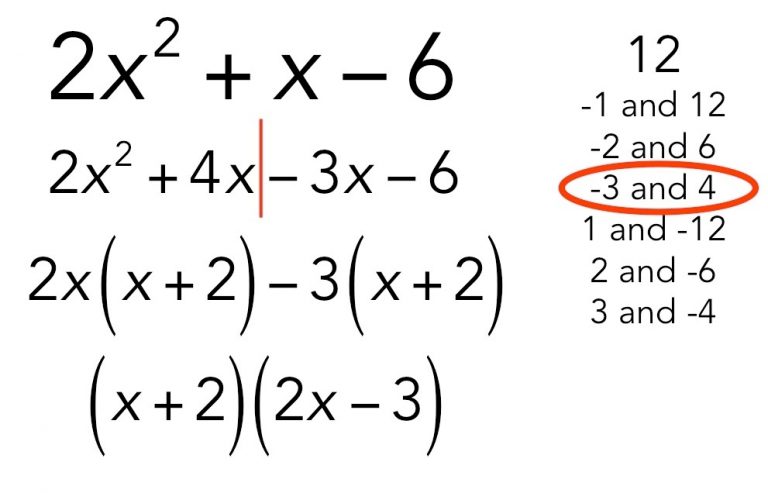

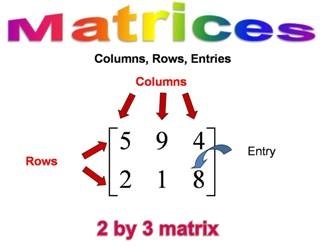

You must be logged in to post a comment.